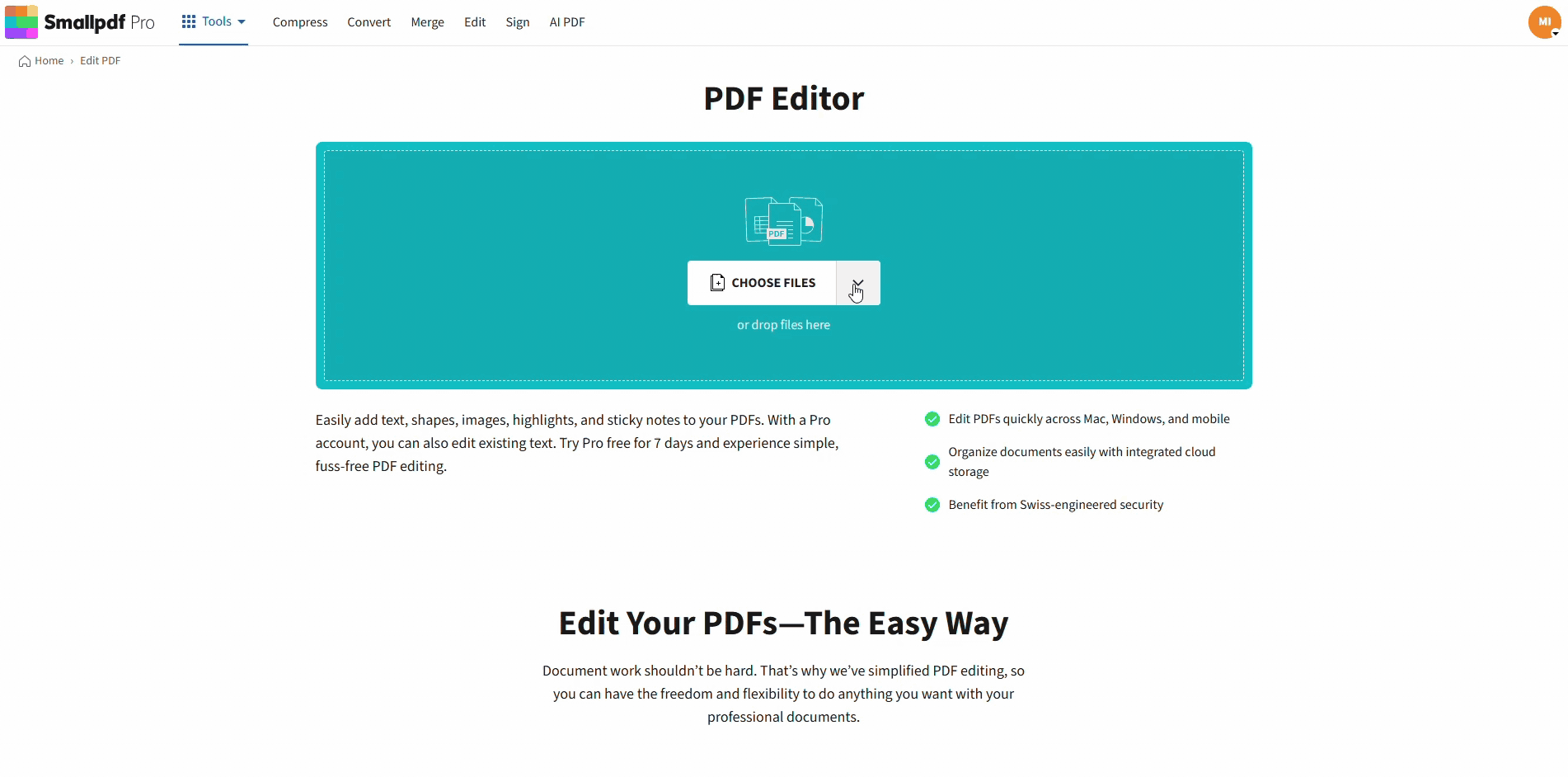If your PDF shows blank boxes or missing characters instead of text, there's a good chance your file has a font issue under the surface.
It’s a common frustration — and one that usually points to missing or unembedded fonts. The good news? You can fix it fast.
In this guide, we’ll break down why fonts go missing, how to spot the signs early, and how to clean up your PDF so it looks sharp on any screen.
Why Do Custom Fonts Cause Issues in PDFs?
When you see boxes, symbols, or garbled text instead of the proper fonts in a PDF, it’s typically due to one of these reasons:
Missing or Unembedded Fonts
If the fonts used in your PDF file aren’t embedded during the creation process, anyone opening the file on a device that doesn’t have those fonts installed will see random boxes or squares instead of text.
Corrupted Font Files
Damaged or incompatible font files can sometimes lead to rendering issues, making the text unreadable.
Encoding Errors
Errors in how characters are encoded (stored and represented) during the PDF creation process can result in display problems, especially with non-standard custom fonts.
Outdated PDF Viewers
Older software versions may struggle to interpret custom fonts, causing text to display incorrectly.
Now that you know the causes, let's get into how to fix this!
Fixing Font Display Issues With Smallpdf
We’ve made solving font-related issues simple with our range of PDF tools. Follow these steps to troubleshoot and resolve the problem efficiently.
1. Edit Problematic Fonts Using Smallpdf
Smallpdf’s Edit PDF tool makes it easy to fix text-related issues. Here’s how to use it: 1. Head over to our Edit PDF. 2. Upload your problematic PDF file by clicking Choose File or dragging and dropping it into the editor. 3. Within the editing interface, highlight and replace unreadable text with a standard font supported across devices. 4. Once fixed, click download to save your corrected PDF.

Edit Problematic Fonts Using Smallpdf
2. Convert the PDF to Word, Fix Fonts, and Re-Save
If the issue persists, another option is to convert your file to Word, fix the fonts, and re-save it as a new PDF: 1. Use PDF to Word to convert your document into an editable Word file. 2. Open the Word document and replace any problematic fonts with more common ones. 3. Save the file as a PDF, making sure to check the Embed Fonts option during the export process.
This ensures proper font display the next time the PDF is opened.
Additional Tips for Perfect PDFs
Here are a few extra steps you can take to prevent font issues in the future:
- Always Embed Fonts: When creating a PDF, ensure all fonts are embedded during export. Most PDF creators have an option for this, so double-check your settings.
- Update Your PDF Viewer: Using the latest version of your PDF reader helps avoid outdated rendering problems.
- Check for Software Conflicts: Sometimes, other installed programs can interfere with how PDFs display. Try opening the file on a different device or using another PDF viewer.
- Contact the Document Creator: If you’re still having issues, reach out to the original author and request a file with properly embedded fonts.
Take the Hassle Out of Fixing PDFs
Your PDFs deserve to look professional. Fix font issues fast with Smallpdf and never worry about unreadable text again.
FAQs About Troubleshooting PDFs
Why is my PDF showing boxes instead of text?
This happens when the fonts used aren’t embedded in the PDF. If the fonts aren’t available on the viewer's device, the text appears as boxes or symbols.
How do I get rid of bounding boxes in my PDF?
To fix this, open your file in a PDF editor like Smallpdf, highlight the problematic areas, and update the text with a readable font.
Why does my PDF put boxes around letters or text?
Text boxes around letters often occur due to custom fonts not rendering correctly or encoding errors during file creation.
How can I stop squares from showing in my PDF?
Ensure all fonts are embedded when saving the PDF. If squares already appear, use Smallpdf’s tools to edit the file or replace the problematic fonts.



